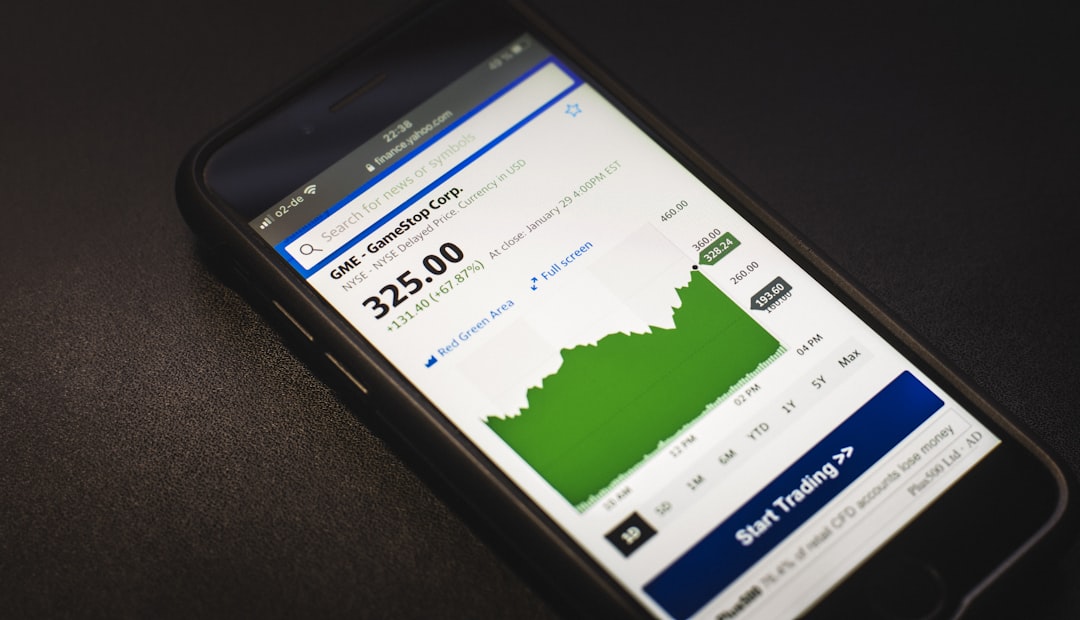
After a slump last week, the S&P 500 has rebounded, showing signs of recovery as market participants focus on upcoming inflation data. The anticipation surrounding these economic indicators could shape the Federal Reserve’s policy moves and influence market trends in the coming weeks. Let’s dive into the key factors behind the rebound and what investors should watch for next.
1. S&P 500 Rebound: What Sparked the Recovery?
Positive Sentiment Drives Market Uptick: The S&P 500, one of the most widely followed stock indices in the world, gained momentum after a challenging week. Positive investor sentiment was fueled by optimism over potential economic stabilization and a shift in focus towards key inflation data set to be released soon. The rebound signifies that investors are cautiously hopeful about the market’s direction, but they remain vigilant.
Tech Sector Leads the Charge: Tech stocks, a significant component of the S&P 500, have been pivotal in driving the index’s recent gains. Companies such as Apple, Microsoft, and NVIDIA have seen renewed buying interest, providing a cushion for the broader market. The tech sector’s performance is often seen as a bellwether for overall market sentiment, given its outsized influence on major indices.
Financials and Consumer Discretionary Stocks Recover: Apart from tech, financial and consumer discretionary sectors have also shown resilience. The rebound in these sectors indicates that investors are looking beyond immediate uncertainties and are positioning themselves for potential gains ahead of key economic data releases.
2. Eyes on Inflation Data: What to Expect?
Inflation Data’s Crucial Role: The upcoming inflation data will be a significant determinant of the market’s direction. It will provide insights into whether inflationary pressures are continuing to ease or if there are signs of a potential resurgence. The data is closely monitored by the Federal Reserve as they weigh future rate decisions, which in turn affects market sentiment.
Fed’s Policy Direction: A higher-than-expected inflation reading could lead the Fed to maintain or even tighten its current monetary stance, potentially putting pressure on equity markets. On the other hand, a lower inflation number might bolster the argument for a more dovish approach, offering relief to investors and potentially supporting further gains in the stock market.
Impact on Bond Yields and Market Liquidity: Inflation data also directly impacts bond yields and market liquidity. Rising inflation could push bond yields higher, making equities less attractive in comparison. Investors and analysts will be closely watching the bond market for cues on where interest rates might be headed next.
3. What Should Investors Consider?
Assessing Portfolio Risk: Given the market’s volatility and the uncertainty surrounding inflation data, investors should assess their portfolio risk. Diversification across sectors and asset classes can provide a buffer against unexpected market moves. Monitoring key financial indicators can also help make informed decisions. The Key Metrics (TTM) API provides crucial data on financial health metrics that can assist in evaluating portfolio strength.
Staying Informed with Real-Time Data: Leveraging real-time data and analytics is vital for making timely investment decisions. With the Owner Earnings API, investors can track detailed company financials, helping them better understand earnings quality and long-term profitability, which is critical during volatile periods.
Monitoring Sector Movements: Different sectors respond differently to inflation and rate changes. For example, the technology and growth sectors might face headwinds if inflation spikes, while defensive sectors like utilities or consumer staples could see renewed interest. Keeping an eye on sector trends can provide insights into where opportunities or risks may lie.
4. Strategic Approaches for Navigating Market Volatility
Adopt a Defensive Stance: Given the current market environment, adopting a more defensive stance may be prudent. Stocks with strong balance sheets, low debt levels, and consistent cash flows tend to perform better during uncertain periods. Analyzing the Balance Sheet Statements API can provide clarity on companies with robust financial health.
Focus on Dividend-Paying Stocks: Dividend-paying stocks often provide stability and income, even in volatile markets. Investors may consider reallocating a portion of their portfolio to dividend payers in sectors like utilities, healthcare, and consumer staples.
Stay Agile and Ready for Opportunities: Market corrections and volatility can also present buying opportunities. Staying agile and being prepared to capitalize on undervalued assets or sectors could yield significant returns in the long run.
5. Market Outlook: Cautious Optimism or Further Volatility?
A Cautious Yet Hopeful Approach: The rebound of the S&P 500 suggests that investors are cautiously optimistic, but the market remains susceptible to short-term shocks, particularly from macroeconomic data such as inflation. As the market awaits inflation numbers, a measured approach, backed by thorough research and data analysis, remains the most prudent strategy.
Fed’s Influence Remains Pivotal: Ultimately, the Federal Reserve’s response to inflation data will play a significant role in determining market direction. Investors should continue to monitor Fed communications and economic indicators to stay ahead of potential policy shifts.
Conclusion
The recent rebound of the S&P 500 amidst anticipation for key inflation data reflects the market’s cautious optimism. While investors look forward to potential gains, staying informed and prepared for various scenarios is essential in this dynamic economic environment. With careful analysis and strategic planning, market participants can navigate these uncertain waters and make informed decisions for the future.
At CWEB, we are always looking to expand our network of strategic investors and partners. If you're interested in exploring investment opportunities or discussing potential partnerships and serious inquiries. Contact: jacque@cweb.com

